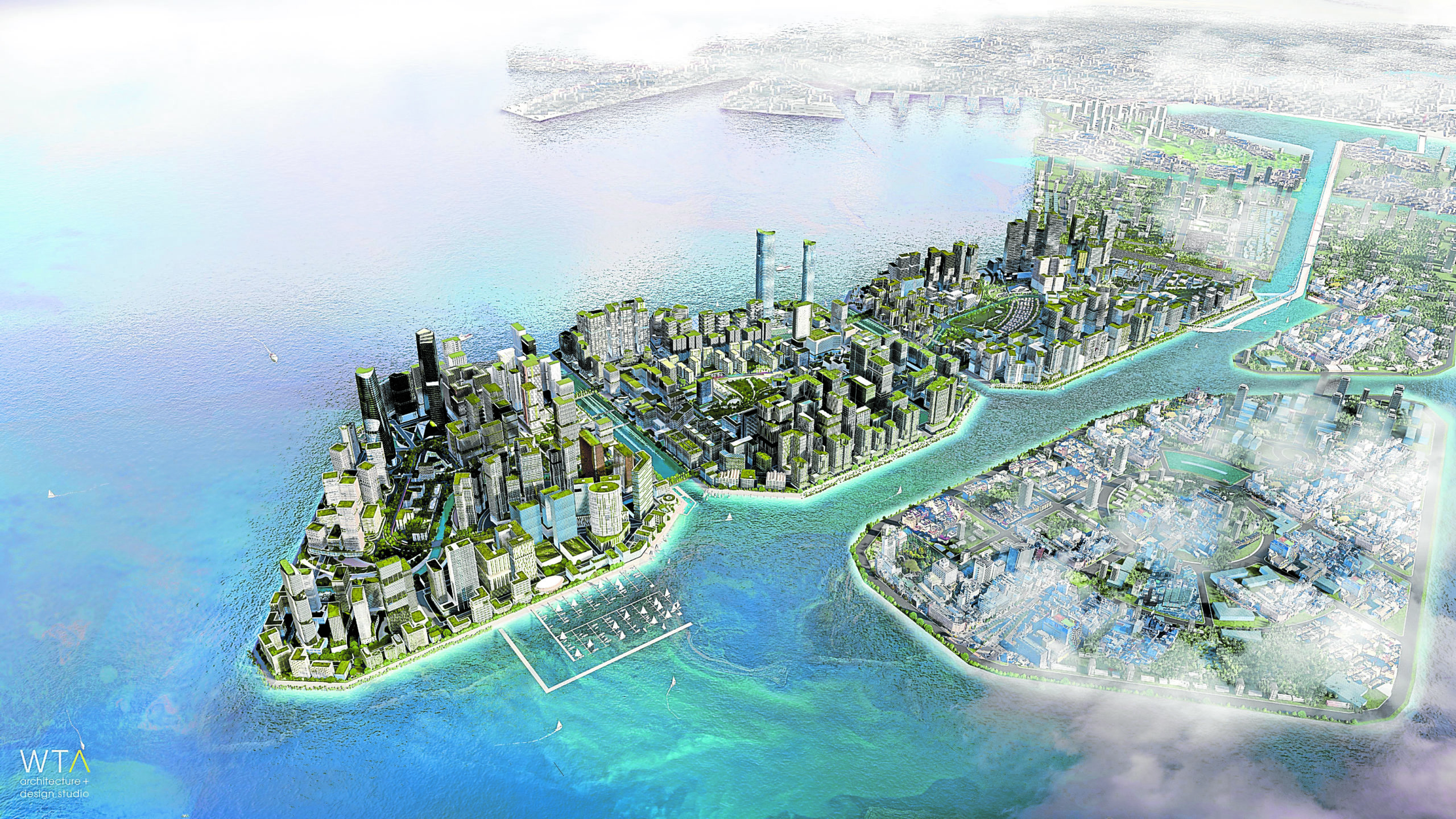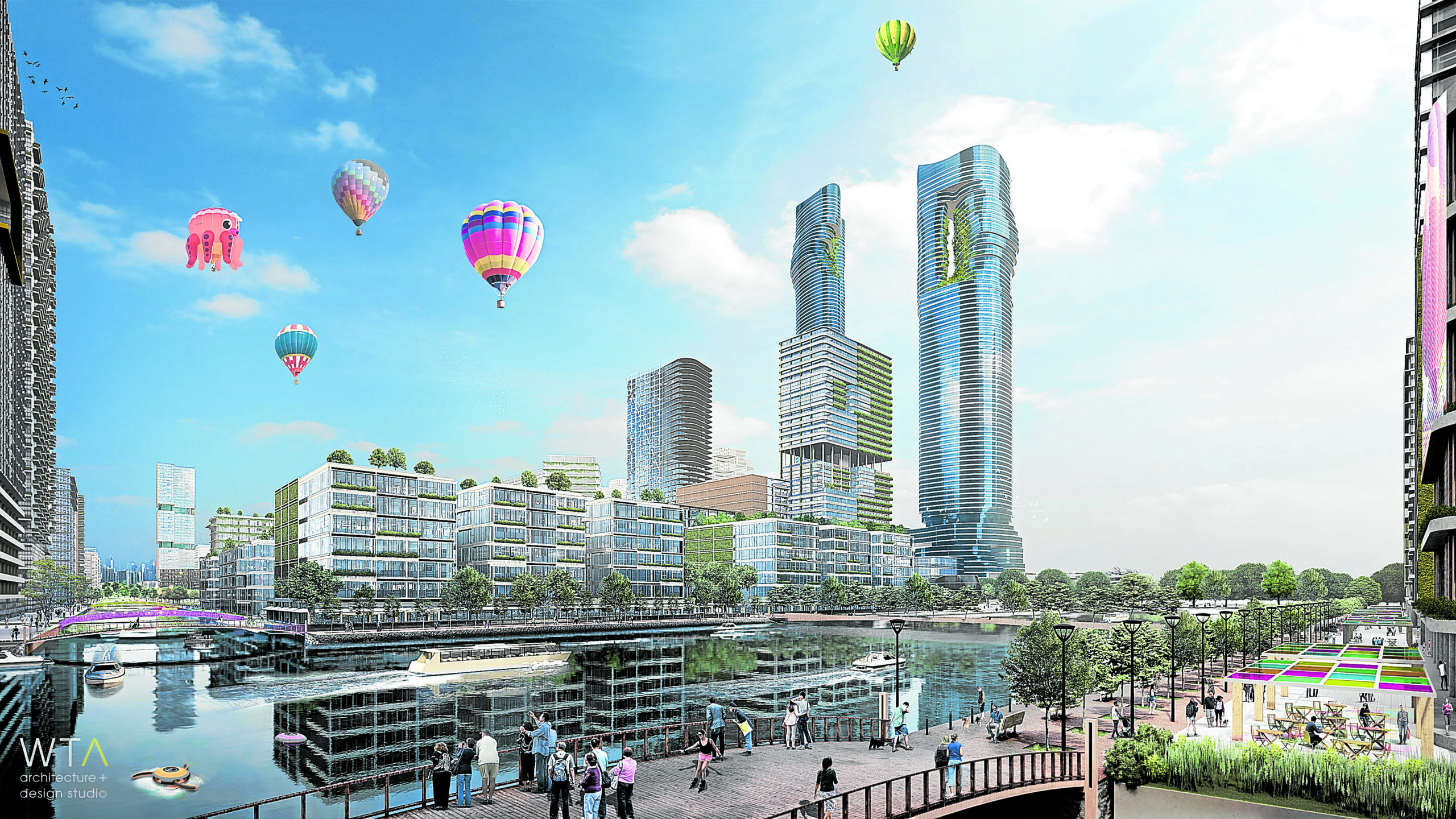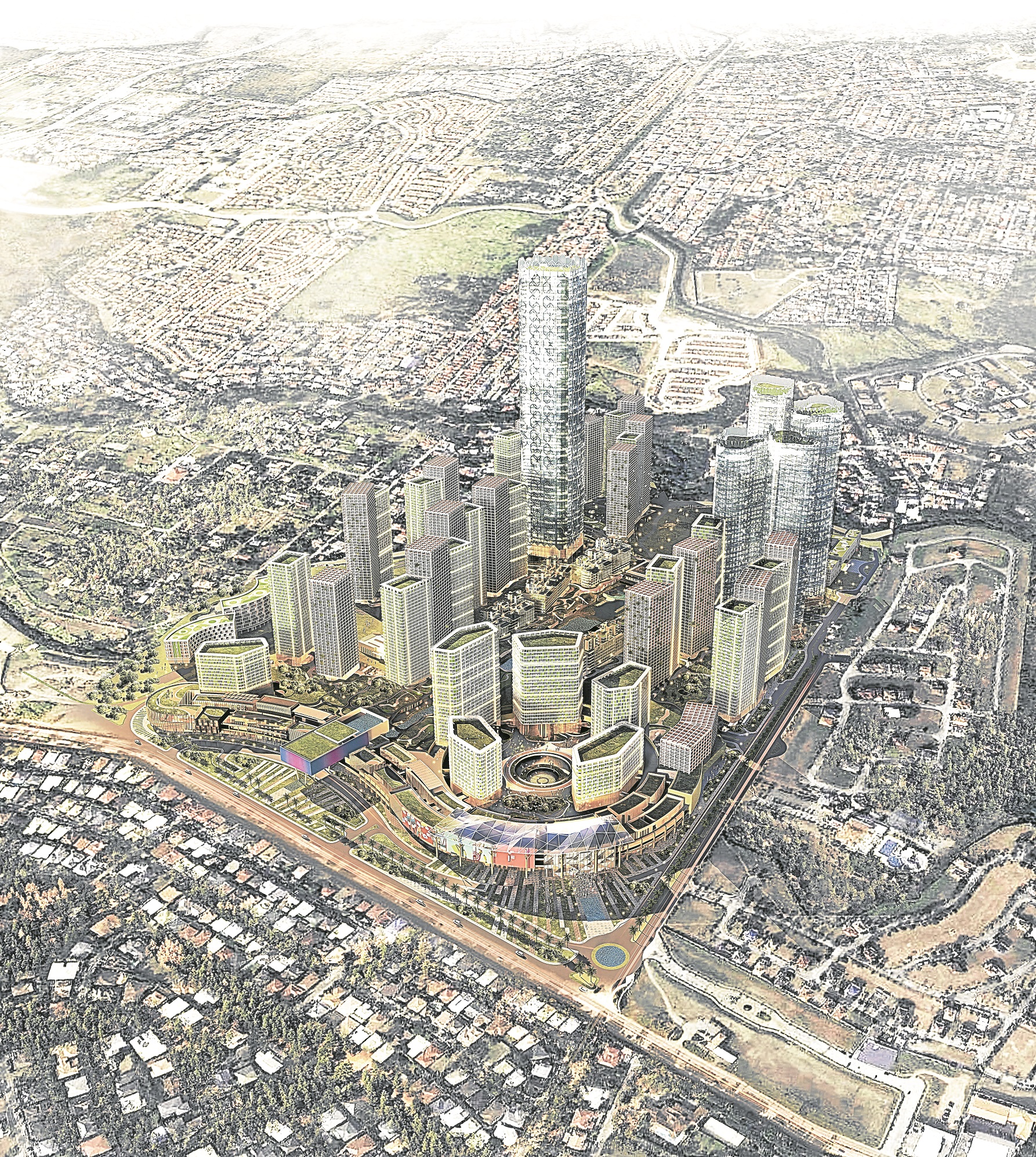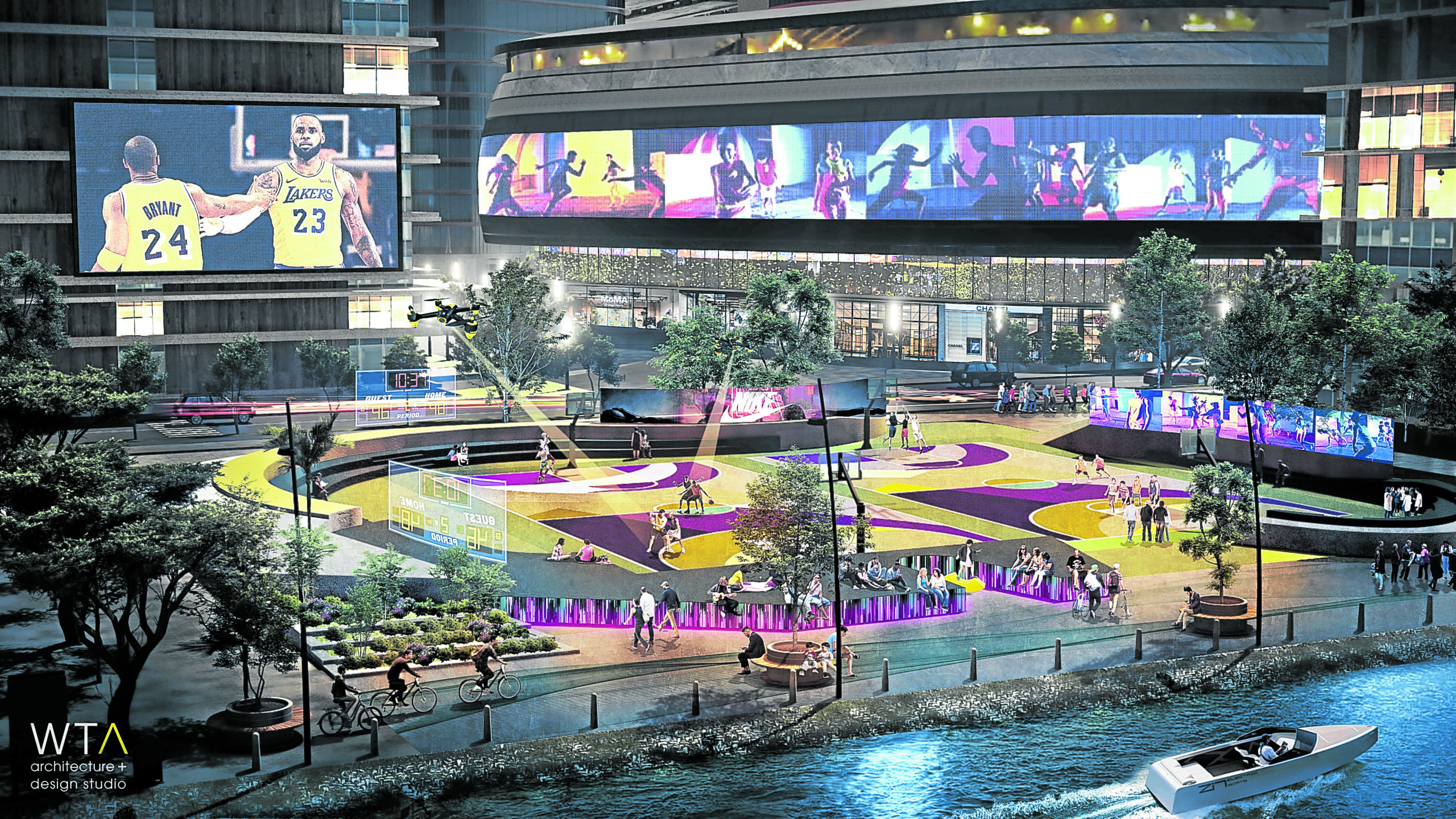A growing city

Where we choose to live defines us in so many ways.
There are 14 million people living in Metro Manila today, with a further 10 million in the Greater Manila Area primarily commuting to and from the city. Currently, our city has three ways of meeting the housing needs of our growing population: through vertical intensification, more sprawl or remote relocation. Relocation, however, is an unsustainable and unjustifiable option that snatches people away from their communities and drops them off in unfamiliar places. It is an abandonment of society’s responsibility to its most vulnerable citizens. The historical trajectory of urbanization meanwhile almost guarantees the continued growth of metropolitan centers.
Infrastructure
Vertical and horizontal communities have their respective intrinsic advantages. Dedicated and progressive planning ensures access to adequate infrastructure and amenities. In particular, residents are assured of access to reliable adequate power, communications, water supply and sanitation services along with transportation and mobility options. They are also provided with police, fire, medical and education facilities.
Urban amenities
Planned communities are likewise provided with better urban amenities that a community needs to thrive. They have access to sports and fitness facilities as well as cultural institutions, and are often planned around green or lifestyle spaces. Planned communities further provide access to the resources and activities that enrich our lives and allow us to develop a more holistic and balanced lifestyle.

Smart communities
Smart cities have advanced systems that will allow us to better track data and automate urban services. These communities will provide much better safety and security for its residents. Smart road networks will hasten automation and decrease accidents, while increased surveillance will deter and isolate criminal actions. Smart metering will monitor consumption and allow us to reduce emissions and waste. Sensors will allow us to detect air quality and microclimates, maximize comfort and reduce environmental stress.
Holistic
Masterplanned developments also ensure a more harmonious and pleasant built environment. Spatial relationships between buildings will be better controlled with more stringent enforcement of design regulations and building envelopes. Planned communities fit well together like a jigsaw puzzle, forming a coherent and liveable community.

Common grounds
The most important factor in any planned community though is the focus on common grounds—spaces where people can come together and connect. Adequate pedestrian paths and wide pleasant sidewalks encourage personal mobility and the development of a livelier and more robust neighborhood. Parks and plazas are hubs and gathering spaces for communal events that give residents the opportunity to bond and form a community identity.
Central
Vertical communities have the added benefit of enriching our city centers and allowing residents to be closer to the heart of our city. They form catalysts around which surrounding development can grow and be patterned after. They also create land value and provide dependable investment options not just for resident owners but also to their adjacent neighborhoods.
The city is a living organism that depends on the health and well-being of its people. Planned communities allow us to keep on growing and reinvigorating our city in an intelligent and controlled manner. The consequences of unplanned growth and unenforceable planning have plagued us for too long. We must demand better urban conditions and remind ourselves that our decisions determine what kind of city we choose to live in.

